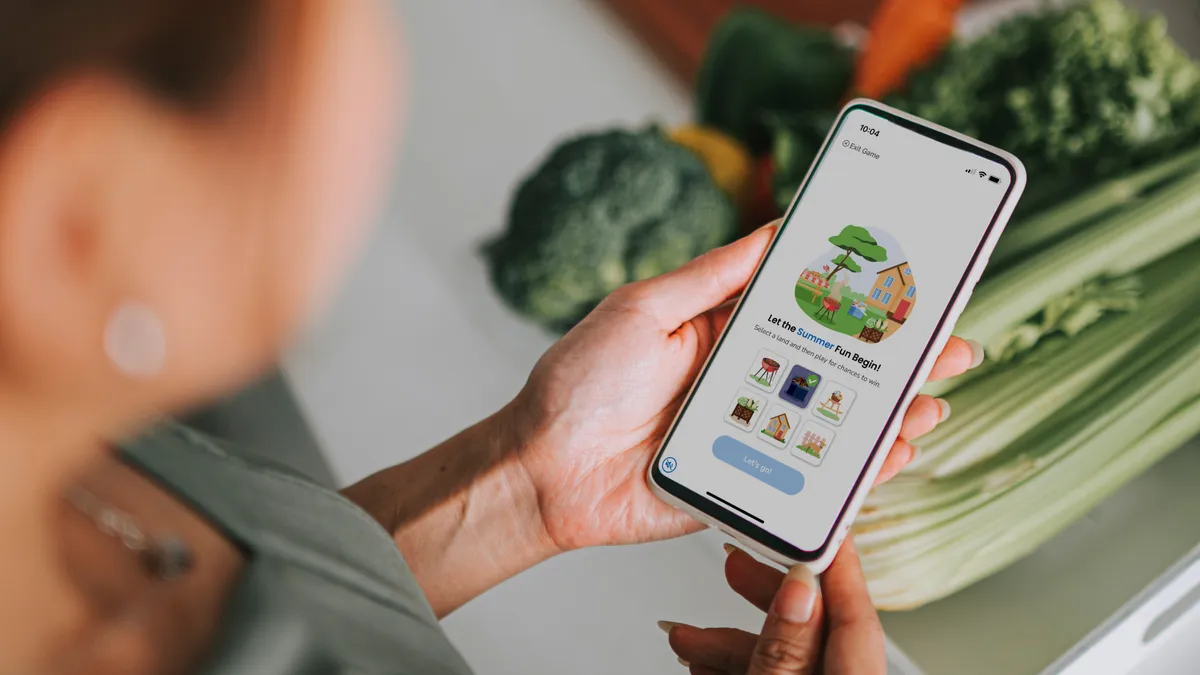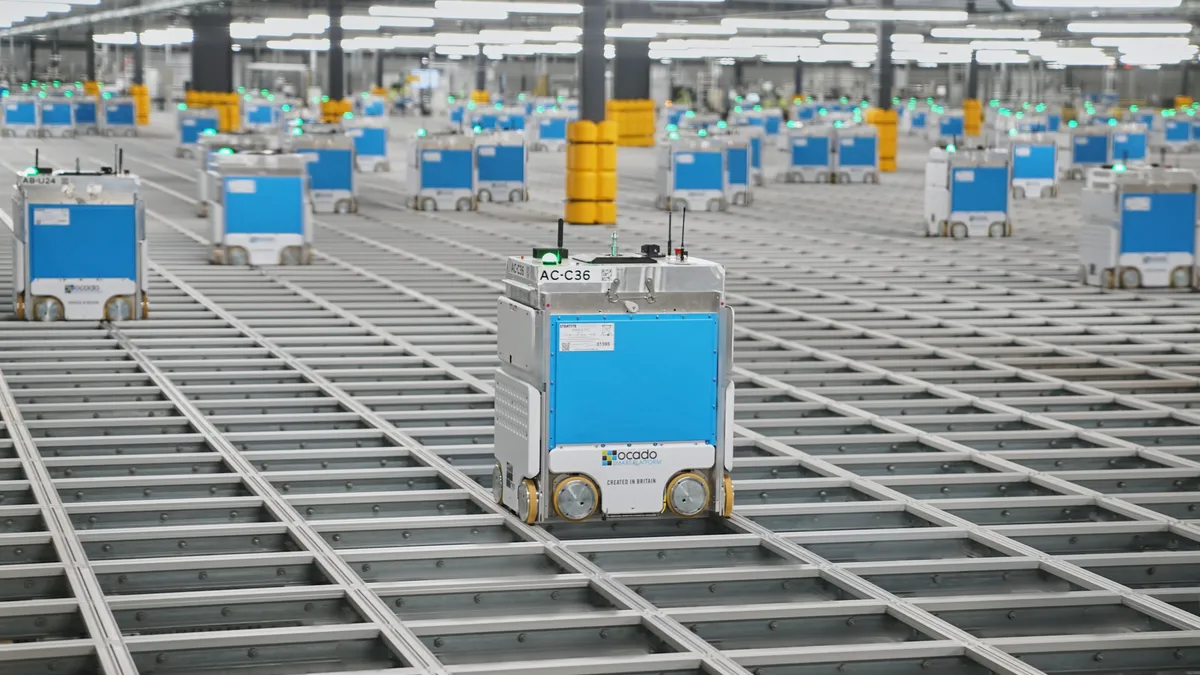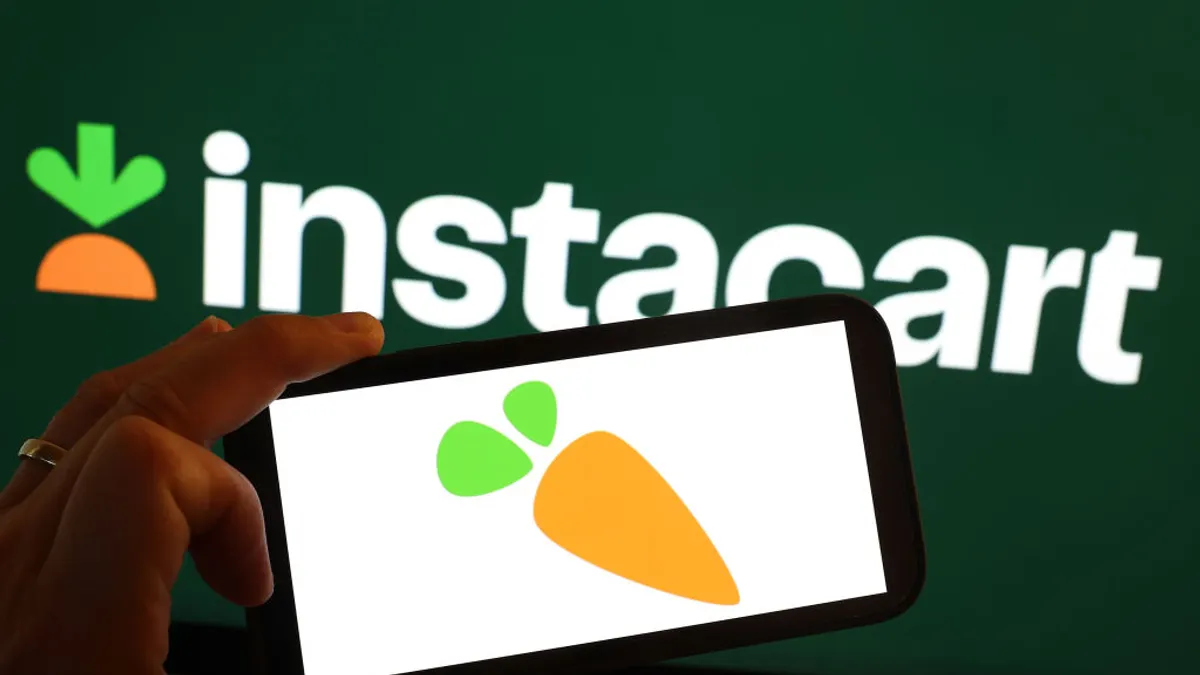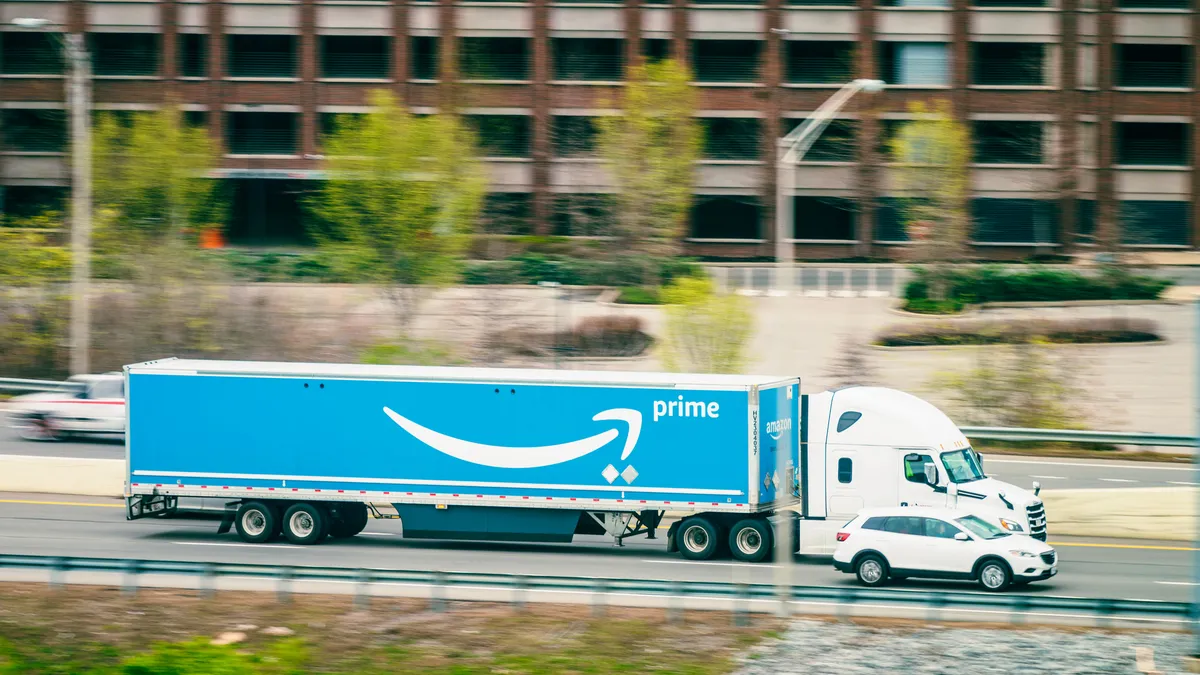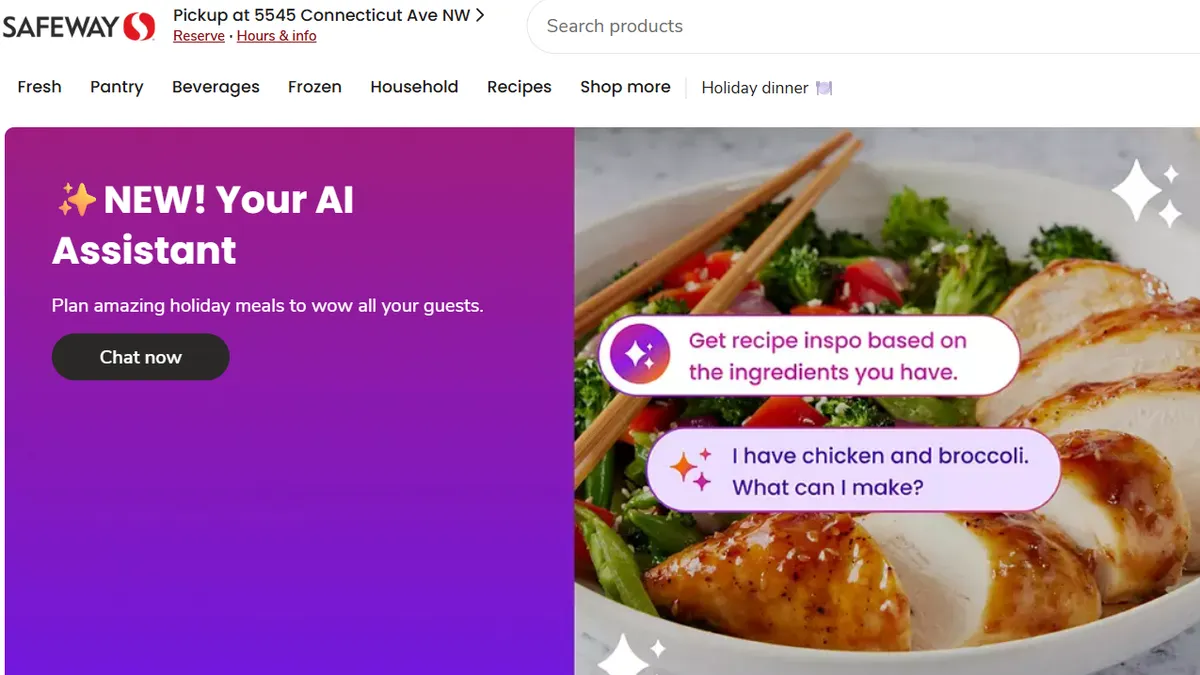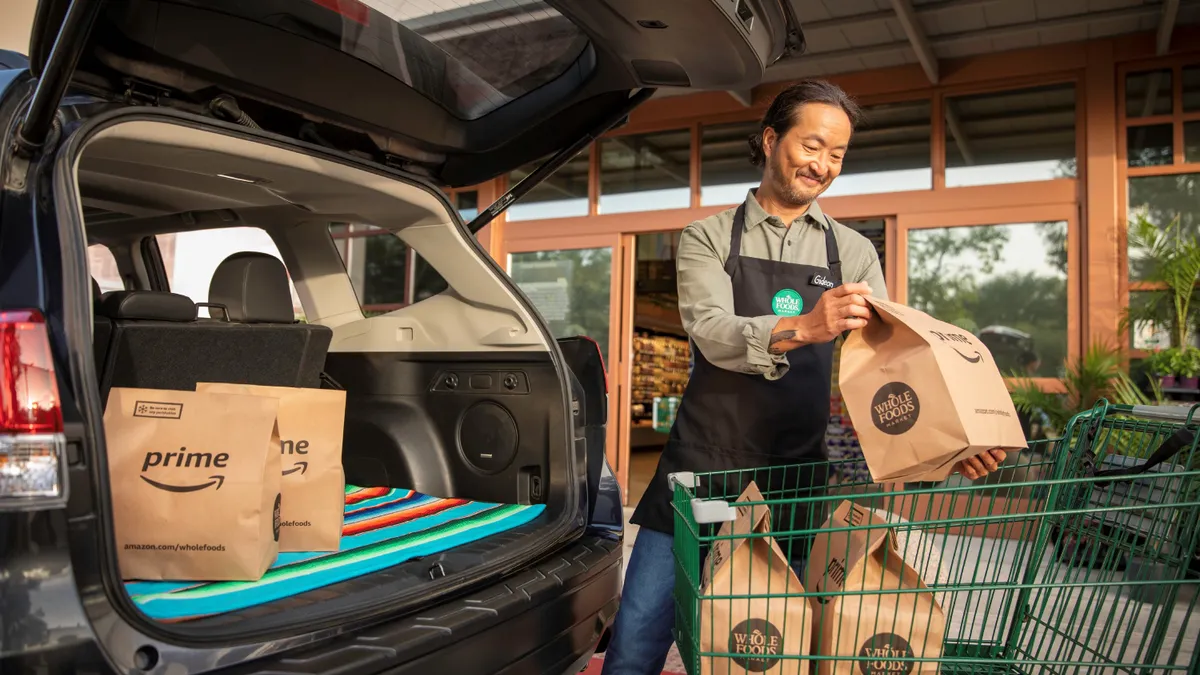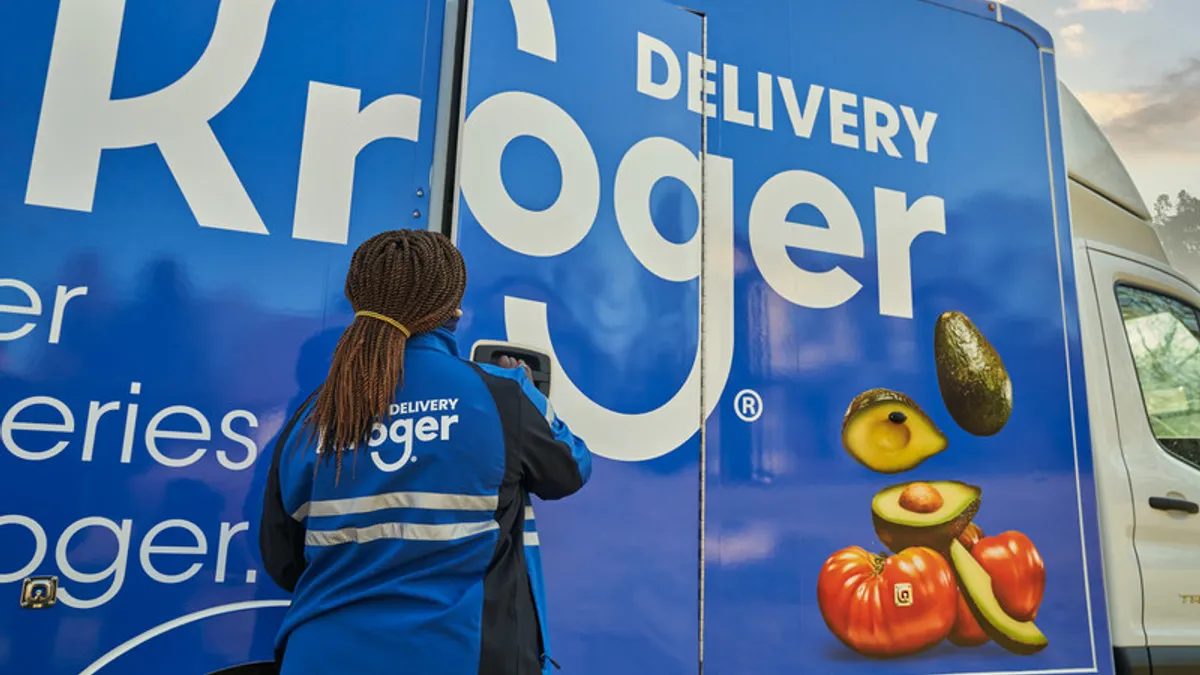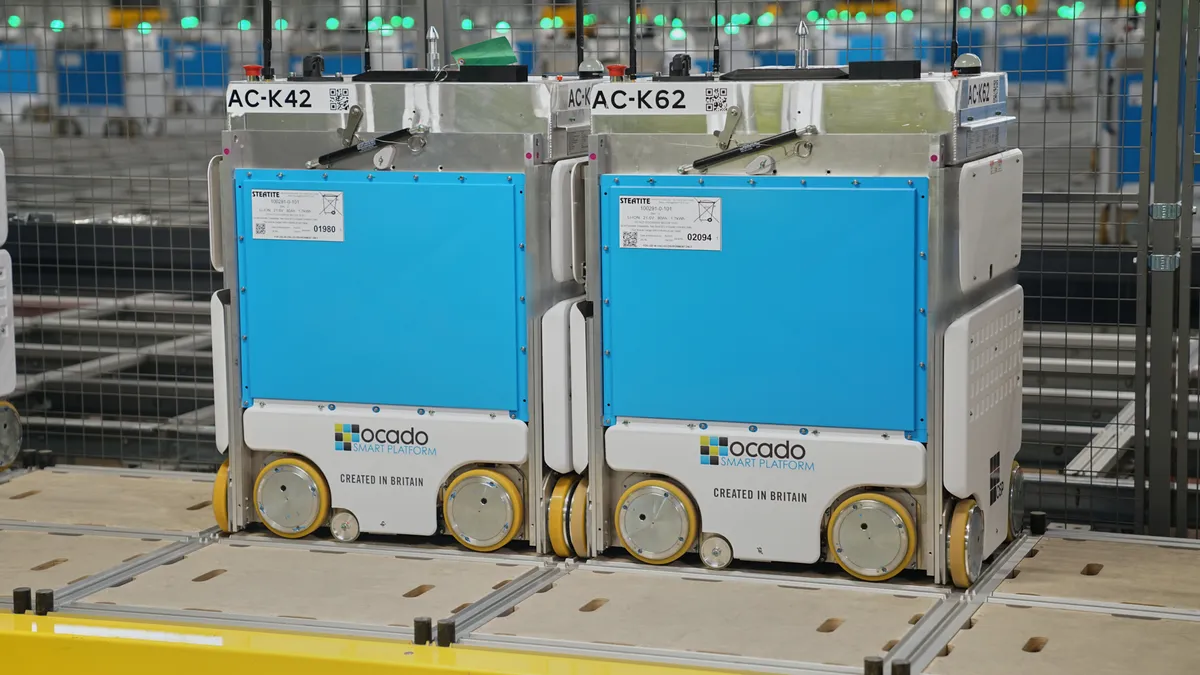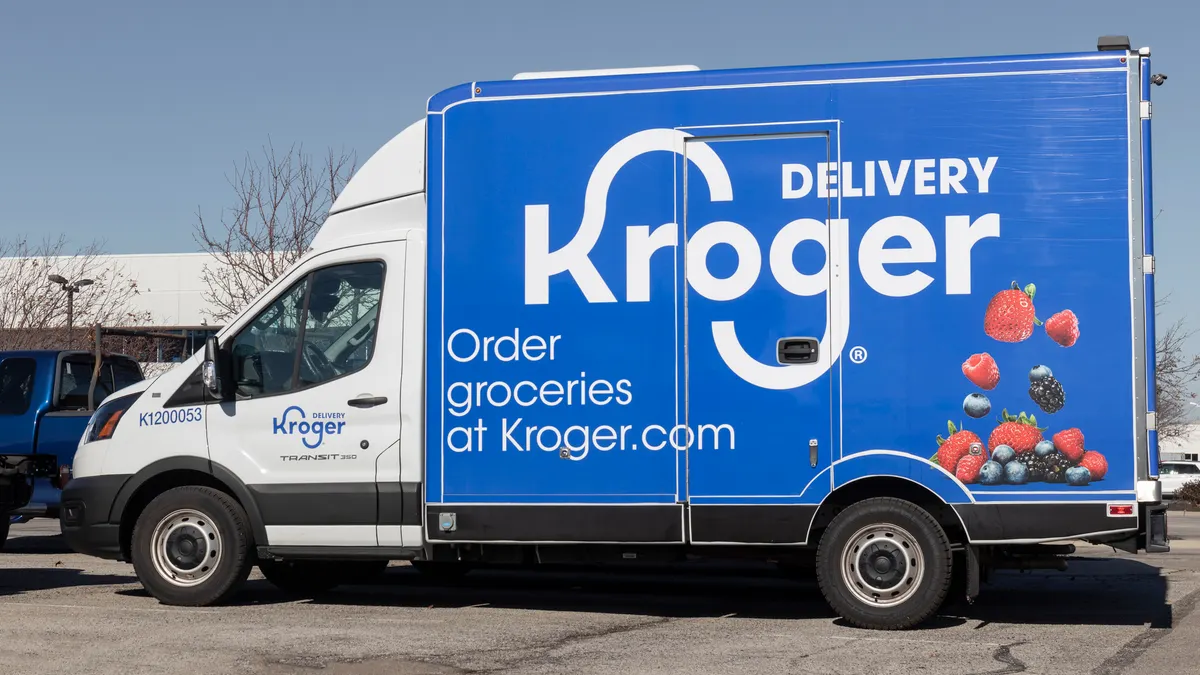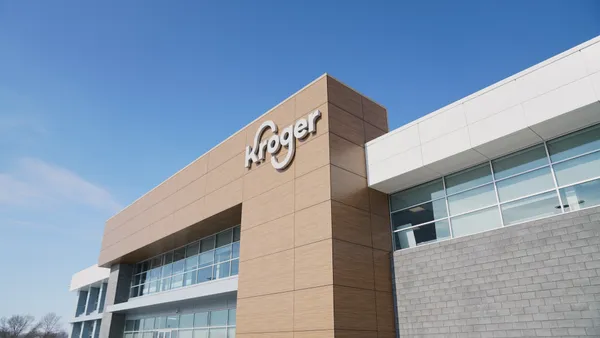When Albertsons hastily expanded its presence in the first-party e-commerce space during the COVID-19 pandemic, it did so in a “fire-fighting type of mode,” said Jill Pavlovich, the grocery company’s senior vice president of digital shopping experiences. It wasn’t until late 2021 that the grocer got to step back and take a “higher-level approach” to its digital shopping experiences, she said.

Today, Albertsons is taking a more strategic approach to e-commerce as it sees steady growth in the segment. During the first quarter of fiscal year 2025, online sales grew 25%.
But the grocer recognizes it could be doing better, specifically with e-commerce penetration.
Back in April, during an investor call for the final quarter of fiscal year 2024, then incoming-CEO Susan Morris said Albertsons plans to increase e-commerce’s share of the company’s overall transactions. Fast forward to its most recent earnings call in July, the grocer reported that online sales represented 9% of total grocery revenue — up just 1 percentage point from the prior quarter.
The goal of increasing that percentage remains top of mind for Albertsons, and Pavlovich said its approach involves a mix of initiatives that build on established Albertsons practices, such as in-app experiences that mimic in-store shopping.
“Our plan is to stay on a pretty similar growth trajectory, and do that by continuing to engage customers and engage them more deeply through our digital properties or our omnichannel experiences,” Pavlovich said.
Digitizing in-store experiences
As part of its strategy to advance what it already does well, Albertsons is working to translate in-store services it is known for onto its digital platforms, Pavlovich said. One example is its newly launched digital food court.
Now live at several banners, customers, from their personal devices, can digitally view and more quickly order hot-and-ready meal options like pizza, sushi, custom salads, soups and sandwiches, Pavlovich said.
“If you go into many of our stores, we have amazing experiences that really meet the quick-service restaurant needs of customers… But we needed to couple that with our digital experience to really go after a more lunch-savvy crowd with the ability to pre-order,” or use the company’s Flash quick-delivery service, she said.
Other specialty departments are receiving similar treatment, Pavlovich said, pointing to Albertsons’ specialty cakes from its bakery department. A newly launched offering now allows customers to order custom cakes through the grocer’s app and website — something they couldn’t previously do, she said. Building off of this, Albertsons shoppers now have the ability to use the app and website to gift florals, gift cards, candies and even full-basket grocery orders.
Pavlovich noted that Albertsons is already seeing a “tremendous response” from customers who use these services, especially during gift-giving-centered holidays like Valentine’s Day.
“Flowers are the most gifted thing — don’t get me wrong,” she said. “[But] what says you care more than doing somebody’s grocery shopping for that week, right?”
These efforts aim to meet the evolving needs of omnichannel shoppers, which is key to advancing e-commerce, Pavlovich added.
“Our already digitally engaged customers and those customers who are already shopping e-commerce with us, we have to keep them excited. We have to keep up with their needs,” she said.
Consumer-facing AI
Refining existing digital capabilities that are connecting with shoppers is another way Albertsons is trying to boost its e-commerce penetration, Pavlovich said. A primary example of this is adding new artificial intelligence technology to its digital search capability.
Albertsons’ recently launched ‘Ask AI’ search enables customers to ask questions regarding products they’re looking for, she said.
“This changes the whole landscape for customers right now,” Pavlovich said about the new feature. “Instead of having to know what healthy snacks they’re looking for for their kids, they can ask us a question, [like] ‘What are healthy snacks for kids?’”
Giving online shoppers the option to toggle on AI in the search function enables them to view a variety of products across categories on one screen, versus having to search product-by-product or category-by-category, Pavlovich added.
“Customers are choosing to engage, and the customers that choose to engage are actually spending more than a standard searcher, which is a data point we’ll continue to unpack and understand,” she said.


